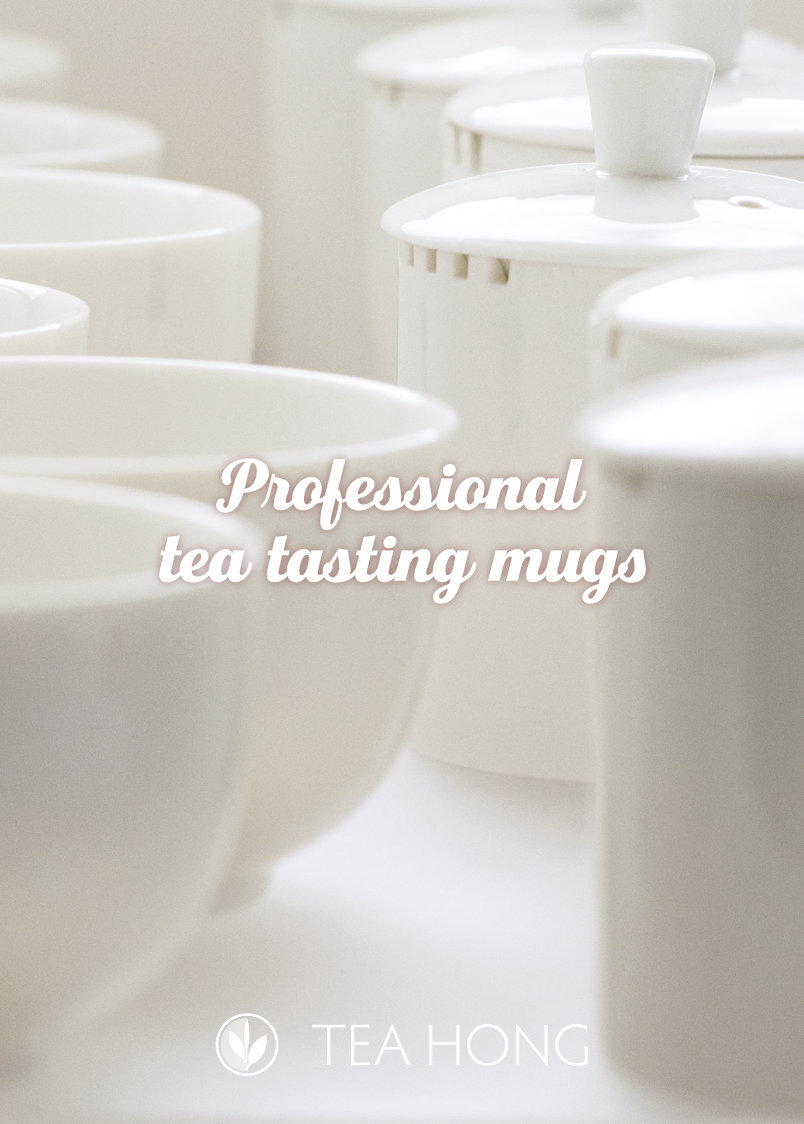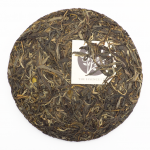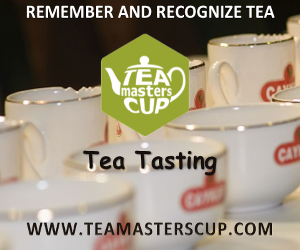Oolongs: Tasting & Buying Tips
- Vietnam generic oolong This light oxidation style is made from a Qinxin cultivar developed in Taiwan. Notice the extremely light yet even oxidation that happens only on the leaf edges.
- Nepal semi-oxidized A half-fermented black tea from the Himalayas reviews how the leaves are rolled ( twisted, conceptually speaking ) for breaking the leaf tissues before the oxidation process. It was sold as an oolong. To be fair, however, this is a very fine semi-fermented black tea.
- A classic oolong: Wuyi Rougui Amongst all oolongs, Wuyi Rougui is about medium in oxidation and this selection is a matured one. The leaves are still quite tightly curled after infusion and need to be unfolded with two pairs of pincers. Observe how oxidation begins on the edges of the leaves, because the leaves are still open and the leaf tissue quite interacted throughout the oxidation process. These are leaves matured for over 4 years so some are quite broken.
- infused leaves: Original Lapsang Souchong (Zhengshan Xiaozhong) 正山小種 Comparing the infused tealeaves of a traditional Lapsang Souchong, a smoked Lapsang Souchong, and a Bailin gongfu black tea made in the xioazhong style
Relative to fine green or white teas, oolongs have larger leaf size and a lot more physical tempering done onto the leaf during production. That means a more effective rate of infusion. However, it helps for the connoisseur still to experiment with standard infusion time with standard tea quantity, and compare the results with shorter time and proportional increase in tea.
tasting notes
Throughout China, it is common to see teashop attendants throwing a big bunch of oolong into the gaiwan — a small lid-bowl for tea making, blanch and then add hot water to steep for 10 seconds or less before decanting for tasting. This is an effective sales technique but a very bad tasting approach. No tea can show its real character infused for less than 20 seconds, unless it is broken or worse, like a teabag. The reason for a quick wash is only to hide the tea’s real character.

Tasting at the oolong farmer’s house
Visiting different origins helps to find out more about the taste intricacy of various higher quality oolongs
I have read and heard a few times from “old tea masters” that all oolongs should be steeped with boiling water. A lot of them actually suggested that all teas should be that way. This can hardly be further from reality. Try the same oolong selection by infusing one batch with 100°C water and another with an appropriate temperature, say 90°C for a bouquet style Phoenix, and you will understand immediately the difference, unless you are using inferior quality.
The complexity of the dissoluble matters in fine oolongs requires some basic understanding rather than blindly following poorly informed rules, some of which somehow become a prejudicial tradition or a norm. The potential of a tea can actualize far better in an infusion when it is handled according to its nature. There can be no better demonstration of this statement than with oolongs. The standards provided in the infusion section is a reference for beginning your self-training; practice and attentions are key to successful tasting. If you are already a seasoned connoisseur, re-visit and try out the specifics; perhaps you would discover a new thing or two.
I shall write further about advanced infusion skills in future articles.
buying tips
In Taiwan, oolong is by far the most predominant tea of choice. Finer ones prevail. It is a great showcase of how quality wins over exploitatory low cost products.
In Mainland China, with the rapid rise of the living standards, the demand for finer oolongs is constantly on the rise. The combination of tricky merchants and an un-educated market allows for easy scams. For example, what used to be one of the restaurant teas low grade “Shui-xian” (a low-price, mass market quality in the style of traditional Wuyi, very likely the same as the export Bohea in the old days) has basically disappeared and substituted with even cheaper summer harvest Anxi-style oolongs in the tea menu. The low grade Shuixian has now been taken to sell as fine Wuyi oolongs, at any price level in a market of untrained palates.
While it is possible to some extent to judge a green or a black tea with its appearance, to do the same for oolongs is much more difficult. The profit margin is simply too tempting for traders — they are largely responsible for confusing the consumers of the price-quality relationship. Materials available in the bookstores or internet are largely infused with hidden marketing agendas and notes by amateurs, parrots or copycats. The only way to counter-balance dishonest margins is a better educated market.
Globally, fine oolongs are just beginning to be understood. Some are aware of the fact that mass market grades, not to mention bottled drinks and teabags of the same name, are not representative of the true gastronomic qualities of the genuine products. The Japanese, who have a strong tea tradition themselves, have been trying to promote the category for a couple of decades now. There are occasional small retailers in Europe, UK, and even USA carrying some fine ones. In Southeast Asia, where there are traditionally major centres of Fujian and Guangdong emigrants, oolongs have always been the tea of choice, whether it is a Tieguanyin, a Phoenix, a Wuyi, or a Lishan.
Oolong is a category worth investing your time to learn and appreciate. The experience of the really fine ones are so rewarding that it actually transcend one’s concept of tea. There are, after all, still honest merchants and producers who are committed to traditional quality. I am very sure with increased understanding and access to genuine products, this will be the category that is the gran cru of tea for people with epicurean sensitivity anywhere.
More detail buying tips are listed with each tea variety in the tealist directory.














